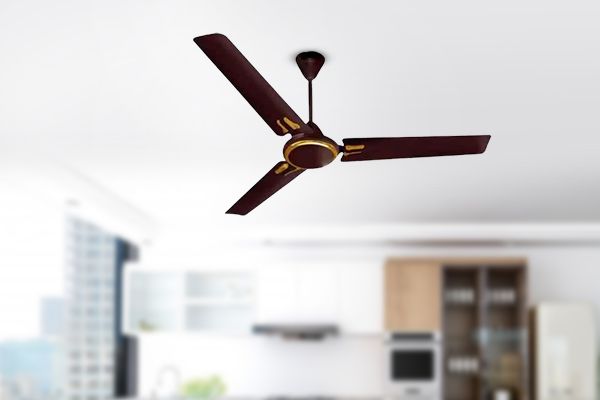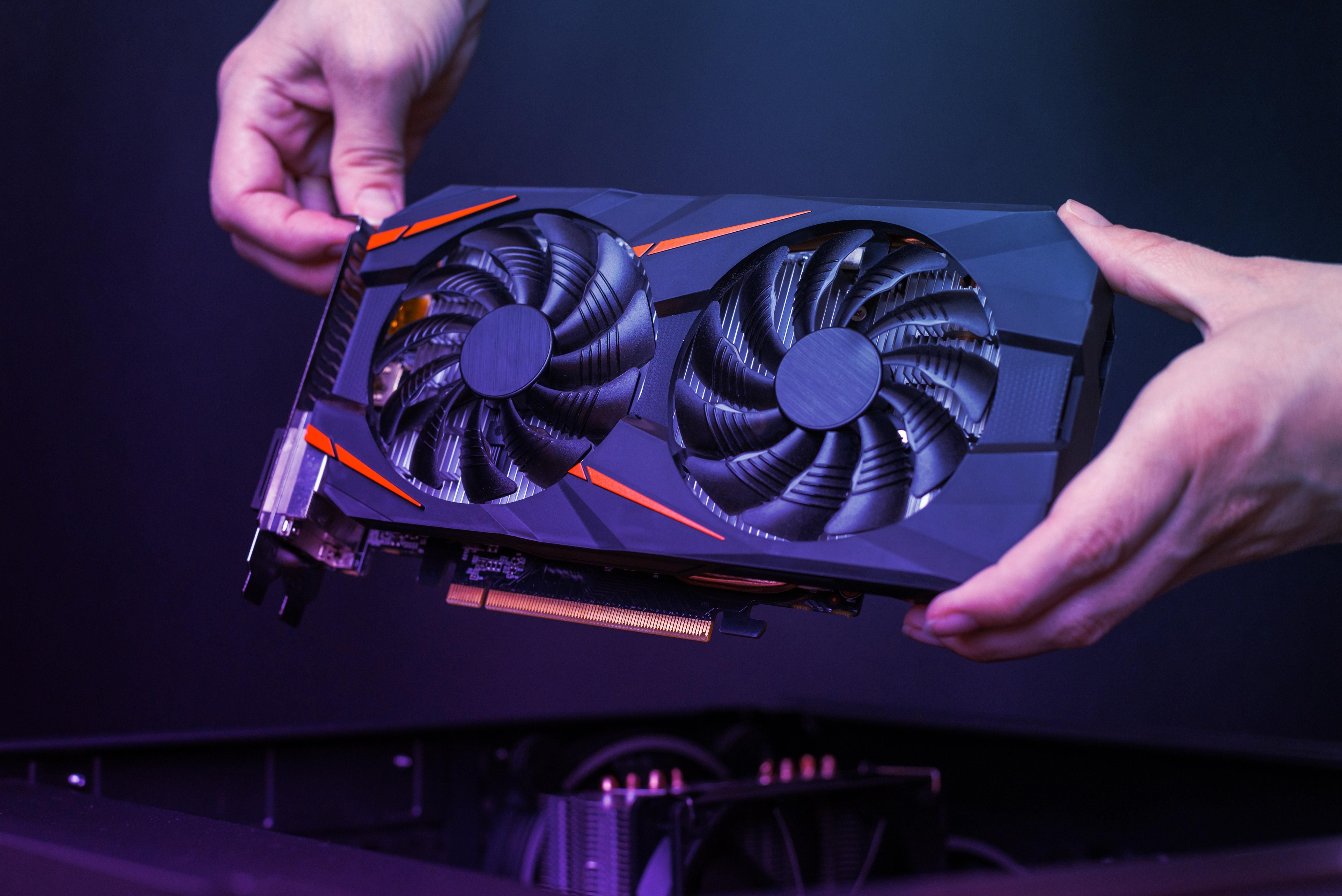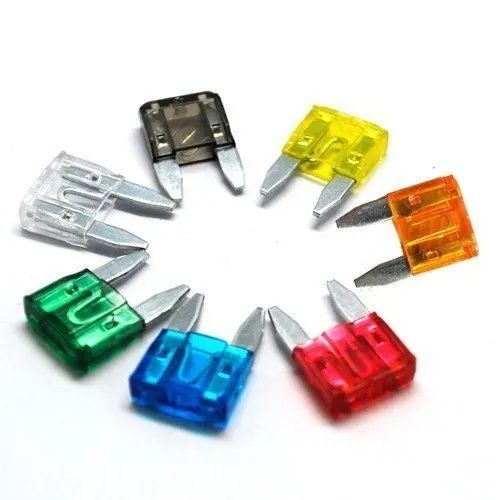Introduction to Ceiling Fans A Complete Guide with Insights for Homes and Industry
Ceiling fans are one of the most widely used appliances in homes, commercial spaces, and industries across the world. Designed to circulate air effectively, they help regulate indoor comfort in both hot and mild climates. The use of ceiling fans dates back to the late 19th century, when mechanical and later electric designs became popular as an affordable cooling solution.
Today, ceiling fans are not only found in households but also in large industrial facilities, warehouses, and workshops. In residential settings, they provide energy-efficient cooling when used alongside or instead of air conditioning. In industrial contexts, high-volume low-speed (HVLS) fans are designed to cover large areas, improving airflow and worker comfort. The increasing demand for energy efficiency and indoor air quality has kept ceiling fans relevant even as other cooling technologies have advanced.
Importance
Ceiling fans continue to play a vital role in modern life due to their ability to provide comfort at a fraction of the energy consumption compared to air conditioners. Their importance can be understood in three dimensions:
-
Residential Use: In homes, ceiling fans provide consistent airflow, reduce dependence on high-power cooling systems, and are suitable for year-round use.
-
Commercial and Industrial Use: In warehouses, factories, and offices, ceiling fans improve air circulation, reduce humidity, and support better ventilation. This leads to greater worker comfort and productivity.
-
Sustainability: As global energy demand rises, ceiling fans offer a sustainable alternative, lowering carbon footprints when paired with other energy-saving measures.
By addressing both comfort and energy conservation, ceiling fans serve a broad audience—from families to industries—and help reduce electricity usage.
Recent Updates
The ceiling fan industry has seen several important updates in recent years, with new designs and standards focusing on energy efficiency and performance.
-
Energy Star Standards (2023–2024): Many countries have tightened efficiency requirements for fans, leading manufacturers to adopt brushless DC motors and aerodynamic blade designs.
-
Smart Ceiling Fans: Since 2022, smart home integration has become more common, allowing fans to be controlled via mobile apps, voice assistants, or automation systems.
-
Industrial HVLS Fans Growth: In 2023, global demand for HVLS fans increased significantly in logistics and manufacturing sectors, where maintaining air circulation reduces heating and cooling costs.
-
Sustainable Materials: Since 2024, several companies have started using recyclable and eco-friendly materials in fan blades and housings to meet environmental goals.
These updates highlight how ceiling fans are adapting to modern expectations of energy efficiency, technology integration, and sustainability.
Laws or Policies
Government policies play an important role in shaping how ceiling fans are manufactured and used. Regulations often focus on efficiency, safety, and environmental impact.
-
Energy Efficiency Standards: Countries such as the United States, India, and the European Union have mandatory star ratings or labeling systems that require ceiling fans to meet minimum efficiency benchmarks.
-
Building Codes: In many regions, building codes specify ventilation requirements in homes and commercial facilities. Ceiling fans are often recommended as part of passive cooling strategies.
-
Sustainability Programs: Some governments encourage the use of energy-efficient appliances, including ceiling fans, through incentive programs. For instance, India’s Bureau of Energy Efficiency (BEE) has promoted super-efficient fans since 2022.
-
Import and Export Regulations: International trade of ceiling fans is subject to compliance with safety standards such as UL (USA), CE (Europe), and BIS (India).
These policies ensure that ceiling fans remain safe, efficient, and environmentally responsible for both residential and industrial applications.
Tools and Resources
For individuals and industries exploring ceiling fan options, several tools and resources are available:
-
Energy Efficiency Calculators: Many energy departments provide online tools to estimate electricity savings when using energy-efficient fans.
-
Smart Home Apps: Platforms like Google Home and Amazon Alexa integrate with smart fans for scheduling and remote control.
-
Industry Standards Websites: Organizations such as the Bureau of Energy Efficiency (India), Energy Star (USA), and EU EcoDesign publish updated lists of compliant ceiling fans.
-
Ventilation Planning Software: Industrial designers use airflow simulation tools to determine the right fan size and placement for large facilities.
-
Comparison Tables: Manufacturers often provide side-by-side comparisons of blade size, motor type, and airflow efficiency, helping users make informed decisions.
Example: Energy Efficiency Comparison
| Fan Type | Typical Motor | Energy Use (W) | Airflow Efficiency (CFM/W) | Common Application |
|---|---|---|---|---|
| Standard Ceiling Fan | AC Motor | 60–75 | 60–75 | Homes & Offices |
| Efficient Ceiling Fan | BLDC Motor | 25–40 | 90–120 | Modern Homes |
| HVLS Fan | BLDC/EC Motor | 400–1500 | 350–400 | Industrial Spaces |
This table illustrates how energy-efficient models can significantly reduce electricity consumption compared to traditional designs.
FAQs
What is the average lifespan of a ceiling fan?
Most ceiling fans last between 10 and 15 years, depending on motor quality, usage, and maintenance.
Are ceiling fans effective in winter?
Yes. By reversing the blade rotation in winter, fans circulate warm air trapped near the ceiling, improving heating efficiency.
What is the difference between AC and BLDC ceiling fans?
AC motor fans are traditional and more affordable, while BLDC (Brushless DC) fans consume up to 50% less energy and operate more quietly.
Do ceiling fans reduce room temperature?
Fans do not lower the actual temperature; they improve airflow and create a wind-chill effect, making the room feel cooler.
How are industrial ceiling fans different from home ceiling fans?
Industrial fans are larger, often 7–24 feet in diameter, designed for warehouses and factories to move large volumes of air, unlike home fans which are smaller and used for comfort cooling.
Conclusion
Ceiling fans remain a practical and sustainable cooling solution for both homes and industries. Their role has evolved from basic air circulation devices to energy-efficient, smart-enabled appliances that support modern comfort and sustainability goals.
With governments emphasizing efficiency standards, industries adopting HVLS technology, and consumers embracing eco-friendly models, ceiling fans are more relevant than ever in 2025. Whether for a household, office, or industrial facility, ceiling fans continue to provide a balance of comfort, cost-effectiveness, and environmental responsibility.



